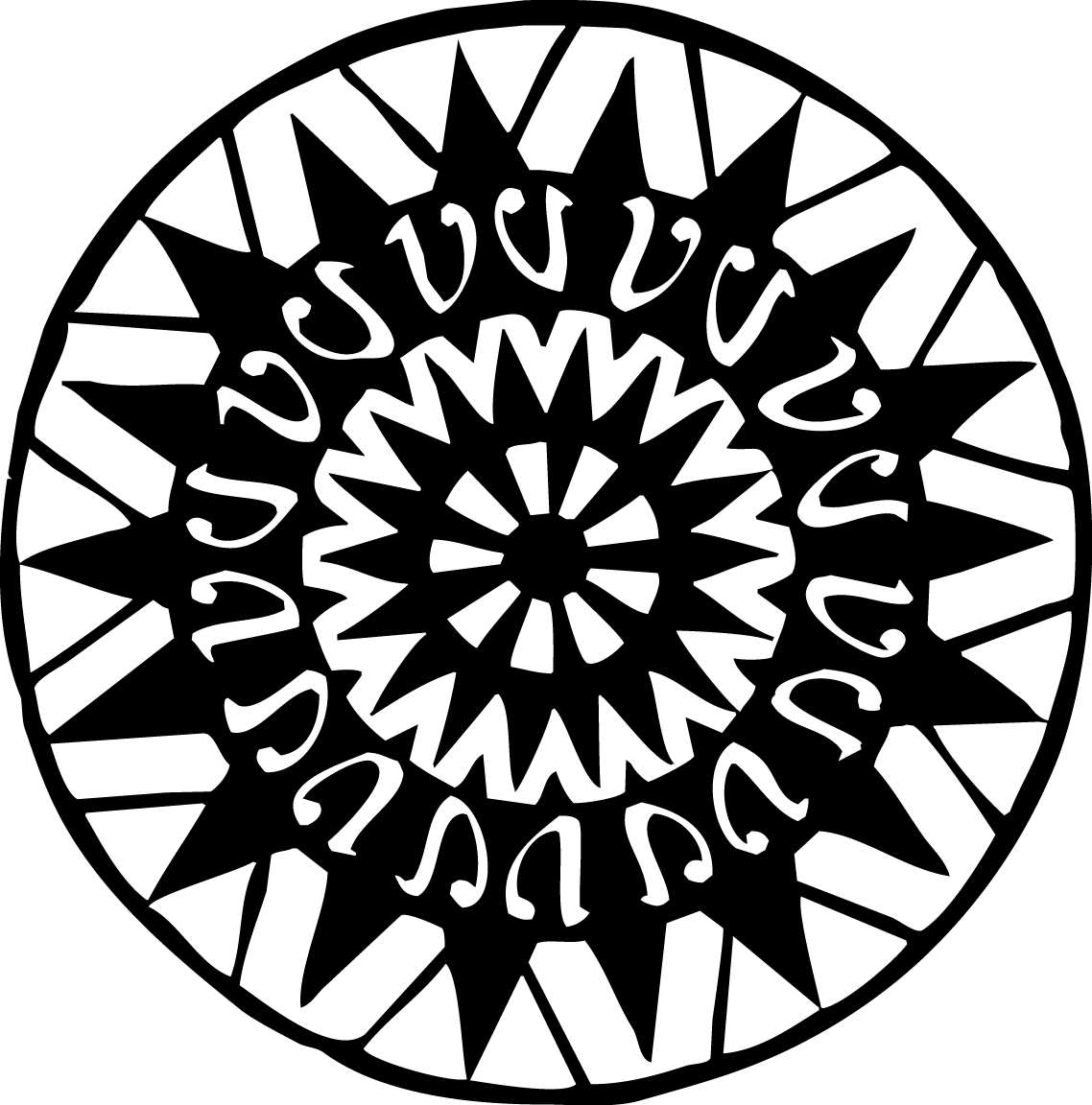I feel uncomfortable using the word disabled.
I hate terms that blanketly refer to a group of people. It's stereotypical and it doesn't consider the individual.
I spend a lot of time thinking about terminology so it bothers me to use one term to talk about a disparate group of people. Especially when it is a term like disabled (which I think it has negative connotations). Differently-abled is a more positive sounding term, but I am not sure it is perceived any better.
When speaking about someone's skills, it is best to select the appropriate terminology on a case-by-case basis.
With my heart on my sleeve, I'm using the term disabled in our SXSW conversation (Fringe Design: Tackling Disability and Death). I'm using disabled because it is the most politically correct term. Not because I feel awesome about it. (Check out Jordan Reeves to see the perfect example of a super capable kid. No one should be calling her disabled.)
Evan and I look to fringe users to help us see oncoming innovation. Because these individuals have needs that are very different than the everyday user, we believe they are often ahead of the curve. We like to celebrate what people gain when experiences are designed for them. Especially since those who need help often have very different needs.
Here are a few examples I've recently tweeted about:
A child wants to make her breakfast. Parents get creative with a small change. Doing a body good by @wavetree http://t.co/qt5s4t8sID #fringe
— Virginia Ingram (@gingin) March 3, 2014
Pets are great for everybody so is it surprising they are great for those w/ Alzheimer's? http://t.co/cUdvFof8Wj Bring on the dogs! #fringe
— Virginia Ingram (@gingin) March 3, 2014
http://t.co/eSvnsJRYgR takes photo every 5 seconds. Crowd thinks its ridiculous. I disagree: useful for people who can't communicate. #high5
— Virginia Ingram (@gingin) February 27, 2014
It's important to remember things like this exist and could be the norm. Village designed for poeple with dementia: http://t.co/FNVEoaQab7
— Virginia Ingram (@gingin) February 24, 2014
We discover things every day that are being designed for, or can be repurposed to help, someone who needs a little help. And don't we all need a little help sometimes?
If you'd like to read more, here are a few featured articles related to a talk I did at SXSW 2014. These articles are all related to the concept of designing for a "fringe" audience instead of a "target" audience.
A smart example of using technology in a way that makes sense, not just technology for technology sake.
A summary of Fringe Design: Tackling Disability and Death at SXSW (with Evan Carroll).
Articles related to Designing for the Fringe.
Going beyond "let me know how I can help."
I am uncomfortable with the word disabled.
An overview of the core conversation conducted with Evan Carroll at SXSW.
An introduction to Jordan and Jen Reeves.
Seven things you should know if you're building an online community.
A look at my 23andMe results.










A summary of my interests in Designing for the Fringe.